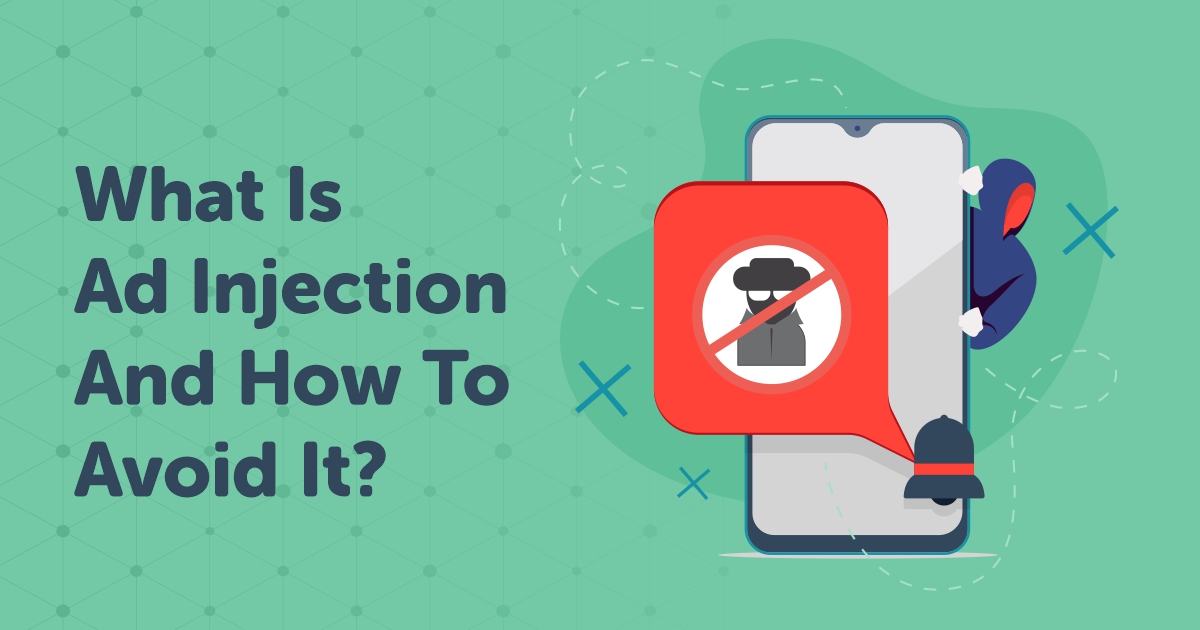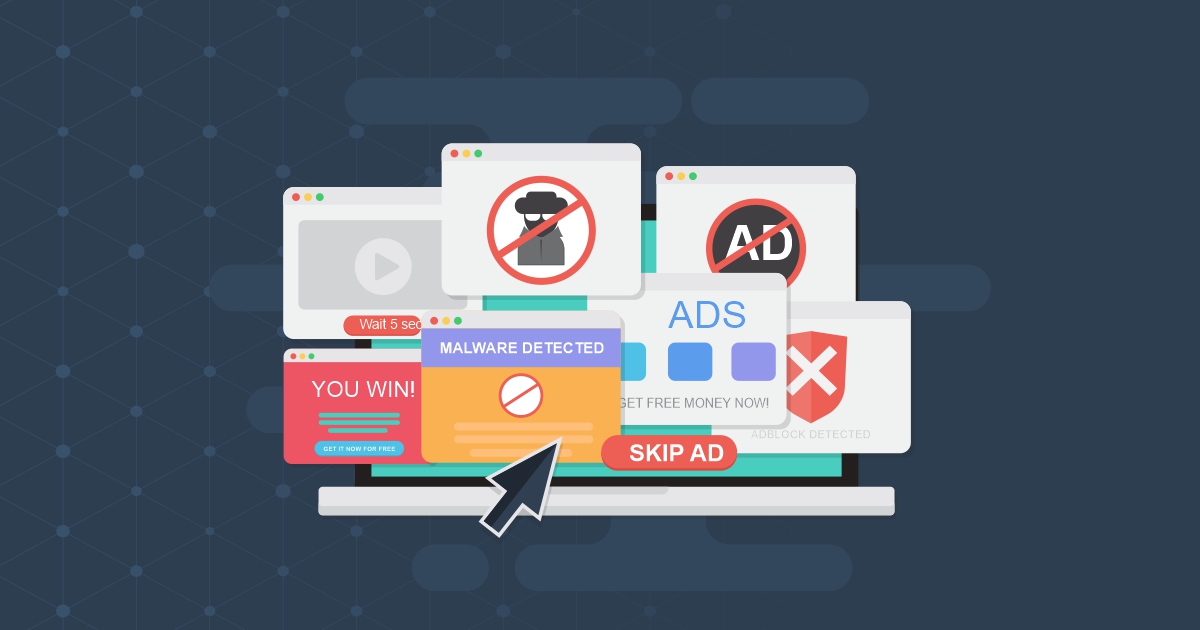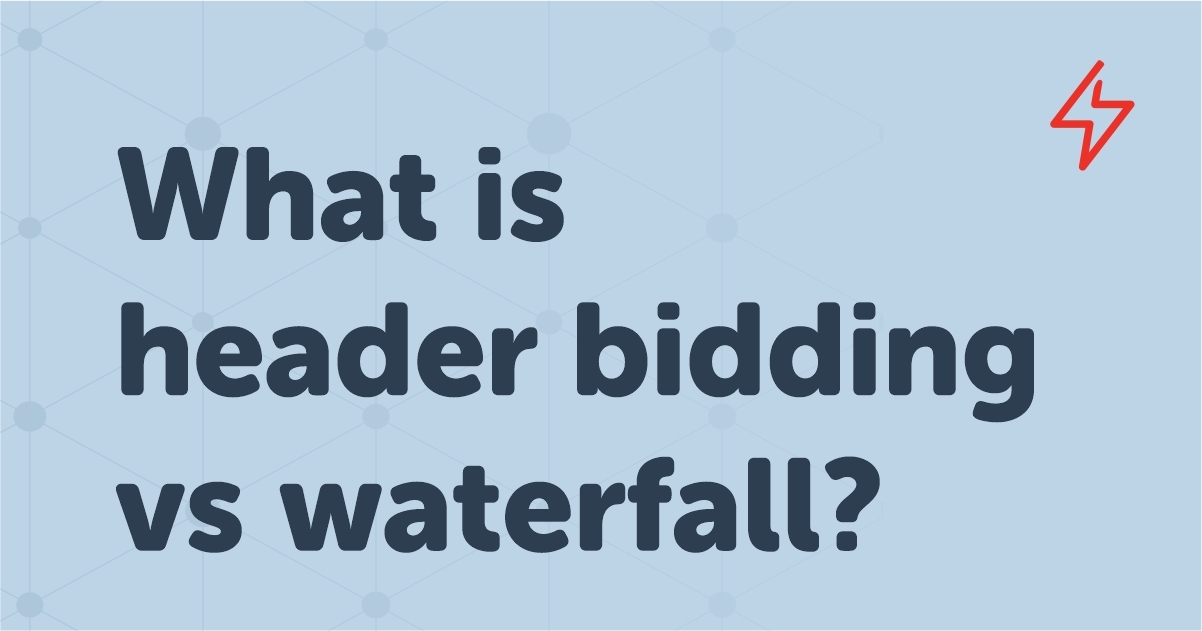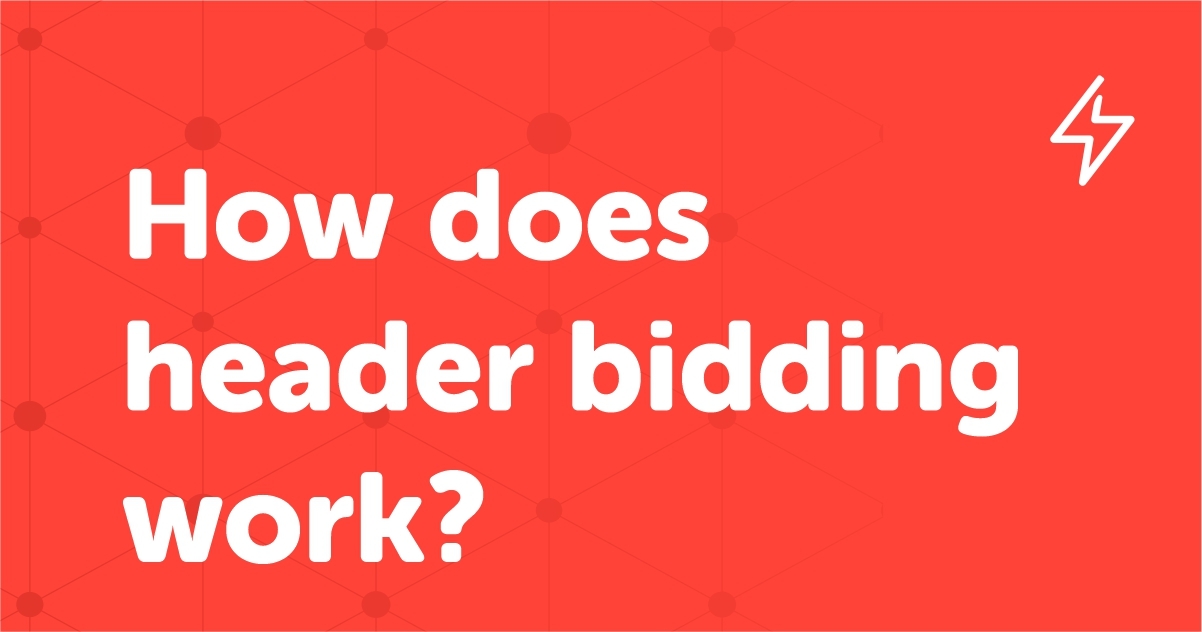Table of Contents

The digital realm is expanding faster than ever, and ads have become a necessary part of the ecosystem. With advertisers, publishers, and users all becoming integrated parts of the ad industry, there are certain challenges that require a unanimous effort to be eliminated.
As a user, you might have visited a webpage that displayed a barrage of ads stating people became millionaires with this one simple trick or witnessed a spam pop-up that claims that you have won a new MacBook. The culprit behind these ads might be ad injection.
In this article, we will discuss what ad injection is, explain how ad injection works, and highlight its impact on the whole Adtech industry.
What Is Ad Injection?

Ad injection is a malicious advertisement practice where ads are snuck into web pages through software, rather than going through the proper advertising channels. Ad injection is a type of ad fraud where the publishers are not paid for displaying these unethical advertisements, as they are injected into the web pages without the publisher’s knowledge.
The injection is executed through a variety of methods, such as:
- Showing ads on web pages where no ads were included by the publisher
- Adding ads along with the existing ads
- Replacing placed ads completely, making it impossible for users to see the original ads
In many cases, these injected ads take over the user’s interface and block their view of the ads placed by the publisher, and the viewability scores of the publisher takes a hit. Moreover, since viewers are watching the injected ads rather than the pre-placed ads, the third party that has injected these ads monetizes the browsing session rather than the native publisher. Further, as the ads are sometimes injected on top of other ads or injected on pages that shouldn’t have ads, it can lead to an unpleasant consumer experience, which may even lead to permanent user loss. Ad injection can hit the revenue and key metrics of the publishers, making it a substantial threat for publishers.
How Does Ad Injection Work
Much like any other malware or virus, ad injection begins when a user installs an application or browser extension that is wrapped with the ad injector software. Once the installation process is complete, the software then begins injecting ads into the user’s browser. Some of the most common examples of these extensions and software are PDF convertors, browser screenshot extensions, and even ad blockers. These utility-based extensions and software are often provided free of cost and are monetized through partnerships with third-party ad injectors, which pay affiliate fees every time the software is installed or the injected ads receive clicks.

While ad injectors usually display ads to users, many of them also display malware websites disguised as ads. This sends the user into a spiral of malware, which affects all websites the user then visits from the affected browser. While spotting ad injection may be easy for some users, many users are unable to spot the injected ads and are siphoned into the ads for the affiliate websites placed by the injector.
Impact Of Ad Injection
As highlighted above, ad injection severely impacts the revenue of the publishers, as the user sessions are being monetized by third-party apps that are injecting ads. However, the damage goes way deeper than that, as it can damage the publisher’s reputation, the user experience, and the advertiser’s trust.
When a user that has an injected browser logs into a website to shop, chances are they will be bombarded with ads or often displayed the ads of the competitor, which are the affiliates of the software injecting the ads. Therefore, many users often move away from the original website and land on the competitor’s website, which results in revenue losses for the publisher.
However, if the user is assaulted with a flurry of ads, then the web page might run extremely slowly. Therefore, they may choose to leave the website, thinking it is the publisher that is sending the high volume of ads to them, never to return. Furthermore, many of these ad injectors also display X-rated advertisements that are out of place and only injected to harm the reputation of the website. These ad injectors are prevalent in the ecosystem and can significantly damage the brand reputation and revenue of a publisher.

The true impact of ad injection can be understood by the wrath of the Adrozek ad injector. The ad injector was so widespread that in December 2020, Microsoft announced that the injector affected hundreds of thousands of devices from May to September that year. The ad injector had affected major web browsers, including Google Chrome, Microsoft Edge, Mozilla Firefox, and Yandex Browser, and controlled over 30,000 devices every day at its peak in August 2020.
A few years ago, software and plugin seller Sambreel was also caught injecting ads in YouTube videos, which led to it being blacklisted from top supply-side platforms. The ad injector used prominent plugins under its umbrella to inject ads into the YouTube platform whenever the user visited the website. These plugins were used to download Youtube videos, ensuring that the user was on Youtube before they used the plugin, adding to the damage done by the ad injector.
Sambreel and Adrozek were a few of many ad injectors that have been affecting the Adtech industry for many years now and have caused billions of dollars in damages.
What Causes Ad Injections
The machinery which brings the ads to the users consists of various cogs, and putting the blame on a single piece of the machinery for ad injection may not be the right idea. In fact, all parts of the process have been found guilty of deliberately letting ad injectors reach the users and damage the ad experience.
For example, many hardware companies have sold devices with pre-installed malware on them that start injecting ads as soon as the user turns on the device for the first time. The biggest name that was found doing such a practice was Lenovo, which was guilty of installing the ‘Superfish’ adware on brand new computers. Unaware users were being shown third-party ads in their Google searches and were interrupted with pop-ups while working, all thanks to Lenovo’s ad injector.
Multiple software companies have also been found guilty of adding ad injector malware into their software and browser extensions. As a matter of fact, seven years ago, Google released a report that showcases the effects of ad injection and the usual suspects behind them. The ad injectors had targeted thousands of users across browsers and operating systems. Moreover, nearly 5% of all searches to Google were found to be injected with ads. Since then, Google has been ramping up its efforts to combat ad injection. While we have witnessed unparalleled growth of the digital ecosystem and the e-commerce industry, ad injection is still a huge issue that needs solving.
The growth of the Adtech ecosystem gave rise to programmatic buying, which includes a mesh of ad sellers, networks, exchanges, and buyers. Programmatic buying connects all parts of the industry together and includes the use of algorithmic software to buy digital advertising. However, malicious elements sometimes inject ads into the network successfully, which may or may not be noticed by the advertiser.
For example, an advertiser wants to publish an ad on a website that belongs to a publisher. While the advertiser bids on the ad placement for the website, the revenue of which will go to the publisher, an ad injector swoops in. The injector will inject the ad into the website that the advertiser wanted, but the revenue will now go to the malicious actor and not the publisher. By the time the advertiser may notice the discrepancy, the injector will have made a huge dent in the revenue of the publisher.

How To Fight Against Ad Injectors
While ad injectors work on the user side of the device, publishers, too, can take some steps to fight against ad injection. With the implementation of client-side permissions for incoming and outgoing requests, publishers can prevent ad injection. Moreover, publishers can also prevent any injected from loading dynamic content from the internet. This dynamic content can include injected ads or even other code that may be malware.
On the other hand, here’s how users can fight against ad injectors:
- Download Software From Reliable Sources: If you are downloading software, especially those available for free, it is critical to choose a reliable provider rather than whatever result pops up first on a Google search. Choosing a reliable source will minimize the chances of getting an ad injector in your software.
- Take Browser Warnings Seriously: Google has scaled its efforts in combating frauds of all kinds and warns users in case a website or file doesn’t seem trustworthy. Many other browsers, too, show certain warnings when users want to visit or download something shady. While the destination may not be malicious in nature, it is better to take the browser warning seriously.
- Avoid Companies With Bad Ad History: In this digital age, it is not hard to find if a company is doing ad fraud or not. As a concerned user, the rudimentary research that you can do about any software or browser extension is if its parent company is involved in ad fraud or injection.
Final Thoughts
Ad injection has been a persistent problem for a large part of the last decade. As the digital landscape changed and everything moved online, ad injection has spread its wings across the globe. Publishers, advertisers, users, software providers, developers, and nearly everyone else is actively trying to fight malicious elements from ruining the ad experience.
Ad injection is a huge problem for advertisers, publishers, and users alike, and each fragment of the ad process needs to be cautious to truly limit the spread of ad injection. The easiest way to ensure a smooth online experience is to follow the rules and ensure that ad services are more transparent for everyone.
At AdSparc, we offer a suite of next-generation tools to accelerate publisher growth, enabling them to catalyze their revenue. Trusted by over 200 renowned publishers across 50 countries, publishers can leverage the best-in-class technology to offer a high-quality ad experience to users through high-quality advertising partners.
Interested in getting our next-gen solutions? Request a free callback today!







